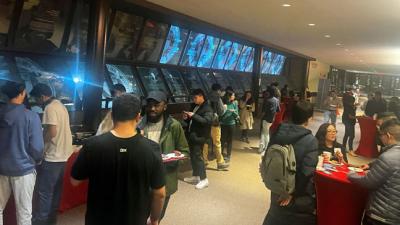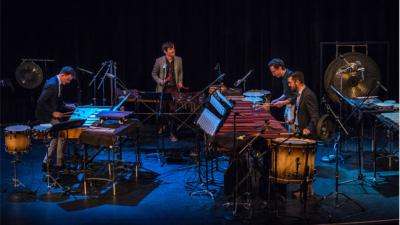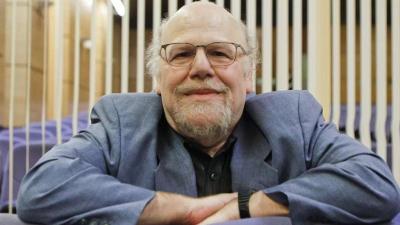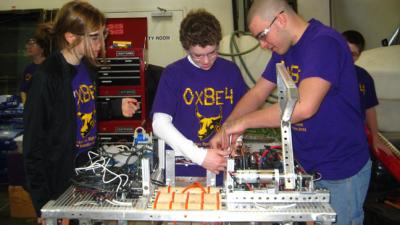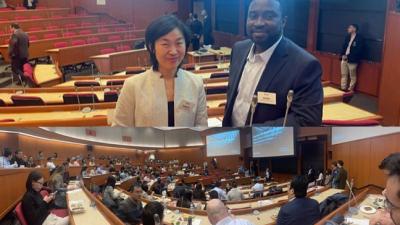Career Tips and Job Opportunities Shared at Life Sciences Business Event
In November, over 100 members of the Rensselaer community gathered for the Life Sciences Business Symposium presented by the Lally School of Management in collaboration with the Center for Career and Professional Development. The event included a panel discussion with representatives from Regeneron, Curia, and AngioDynamics, followed by a networking opportunity with 15 participating life science companies with internship, co-op, and full-time openings.
